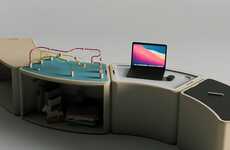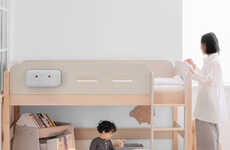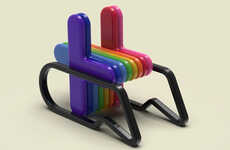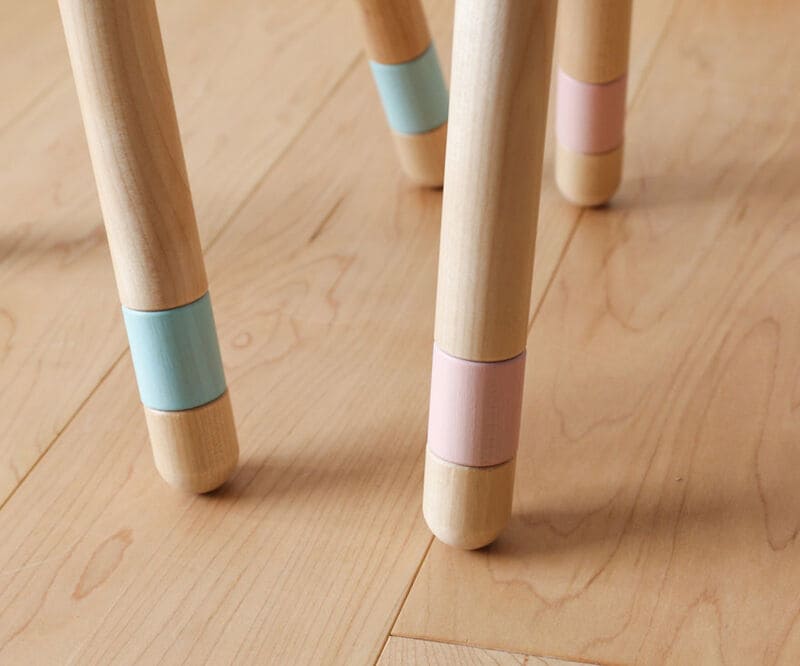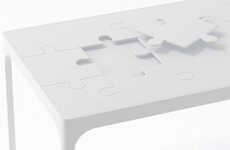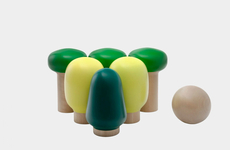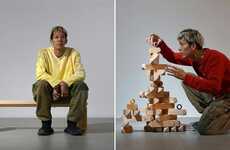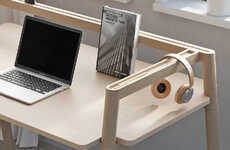
Palipeli is a Line of Modular Children's DIY Furniture
Elena Rahman — December 16, 2021 — Art & Design
References: muku-store & core77
Palipeli is a line of puzzle-like kids furniture. Mikko Halonen designed the collection to grow in height as needed throughout the years. The Finnish furniture designer created the line of children's furniture as a kid-friendly DIY assembly kit. Kids can put the chairs together like a puzzle, making for an exciting at home activity. Moreover, the assembly "teaches causal connections to a child: if it is assembled incorrectly, it will not work."
Each chair in the collection boasts adjustable legs that grow in height. The goal is to grow the chair as the kid user grows, for a long lasting furniture design. The educational and functional collection is available in bright pastel colors to encourage cognitive stimulation.
Image Credit: Mikko Halonen
Each chair in the collection boasts adjustable legs that grow in height. The goal is to grow the chair as the kid user grows, for a long lasting furniture design. The educational and functional collection is available in bright pastel colors to encourage cognitive stimulation.
Image Credit: Mikko Halonen
Trend Themes
1. Modular Kids Furniture - Designing modular furniture pieces for kids encourages kids' creative thinking and can lead to furniture pieces that grow with the child.
2. Kid-friendly DIY Furniture - Creating at-home DIY furniture activities can provide excitement, entertainment and learning opportunities for kids, while also fostering independence and innovation.
3. Adjustable Kids Furniture - Designing adjustable furniture pieces that grow with children can offer a more sustainable solution, as well as capture the attention of parents looking for long-term investments in kids furniture.
Industry Implications
1. Furniture Manufacturing - Furniture companies can explore adding kid-friendly DIY furniture options to their product offerings, allowing both children and parents to engage with their brand and foster creativity.
2. Education - Educators can use furniture design to teach kids about causal relationships, problem solving, and spatial reasoning, and support STEM/STEAM learning.
3. Retail - Retailers can market modular, adjustable kids furniture as a sustainable, long-lasting solution to the increasing demand for eco-friendly products.
6.6
Score
Popularity
Activity
Freshness


